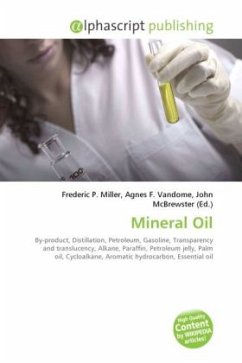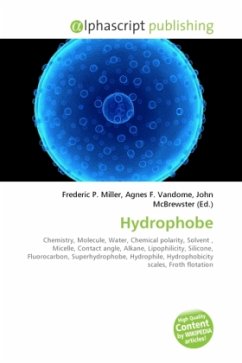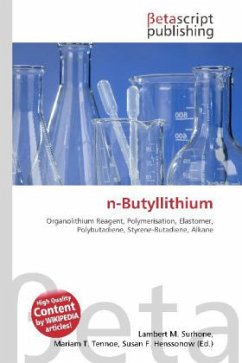
Alkane
Versandkostenfrei!
Versandfertig in 6-10 Tagen
23,99 €
inkl. MwSt.

PAYBACK Punkte
12 °P sammeln!
Alkanes, also known as paraffins, are chemical compounds that consist only of the elements carbon (C) and hydrogen (H) (i.e., hydrocarbons), wherein these atoms are linked together exclusively by single bonds (i.e., they are saturated compounds) without any cyclic structure (i.e. loops). Alkanes belong to a homologous series of organic compounds in which the members differ by a constant relative molecular mass of 14. Each carbon atom must have 4 bonds (either C-H or C-C bonds), and each hydrogen atom must be joined to a carbon atom (H-C bonds). A series of linked carbon atoms is known as the c...
Alkanes, also known as paraffins, are chemical compounds that consist only of the elements carbon (C) and hydrogen (H) (i.e., hydrocarbons), wherein these atoms are linked together exclusively by single bonds (i.e., they are saturated compounds) without any cyclic structure (i.e. loops). Alkanes belong to a homologous series of organic compounds in which the members differ by a constant relative molecular mass of 14. Each carbon atom must have 4 bonds (either C-H or C-C bonds), and each hydrogen atom must be joined to a carbon atom (H-C bonds). A series of linked carbon atoms is known as the carbon skeleton or carbon backbone. In general, the number of carbon atoms is often used to define the size of the alkane (e.g., C2-alkane). An alkyl group is NOT a functional group and does not show any characteristic reactions since it consists solely of strong and non-polar carbon-carbon single and carbon-hydrogen single bonds. It is important to note that free radical substitution is NOT a characteristic reaction of alkanes and alkyl groups.












